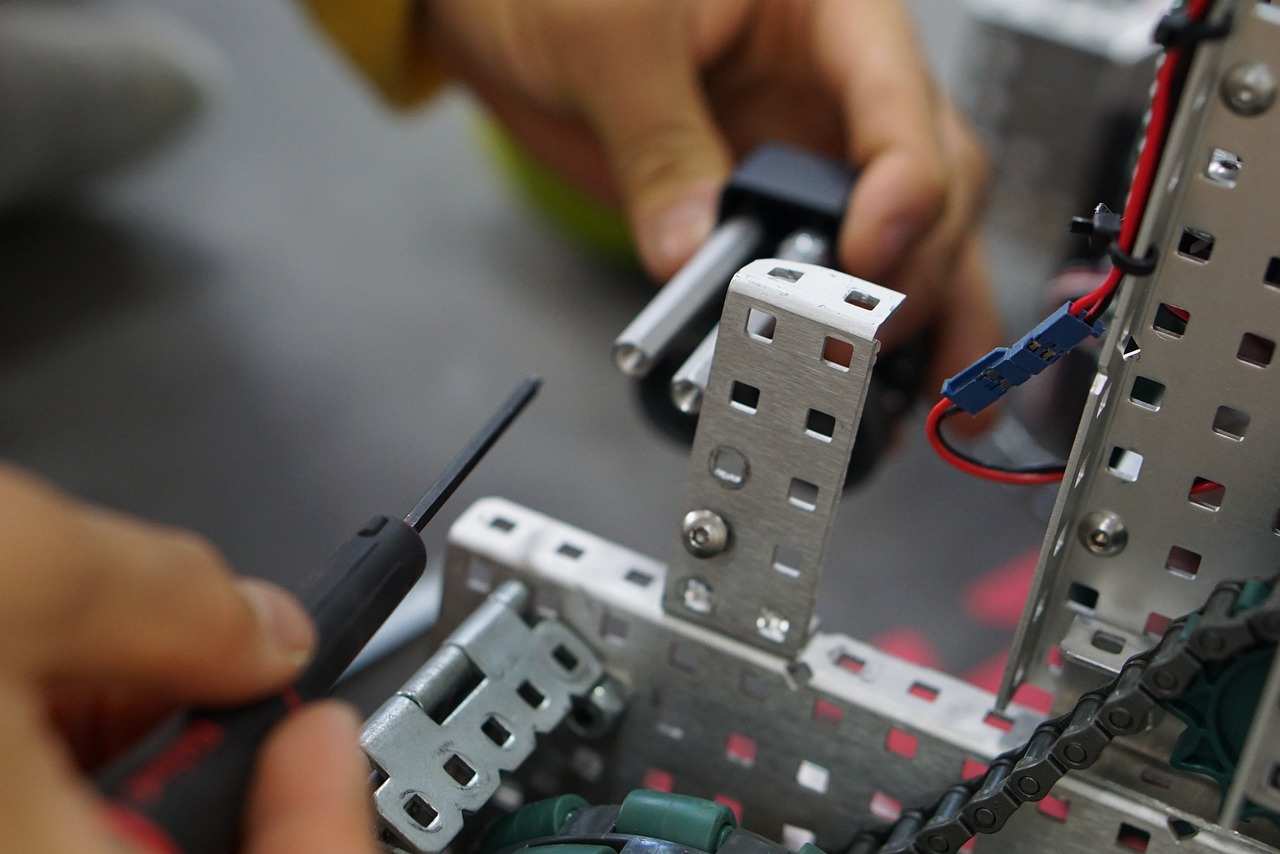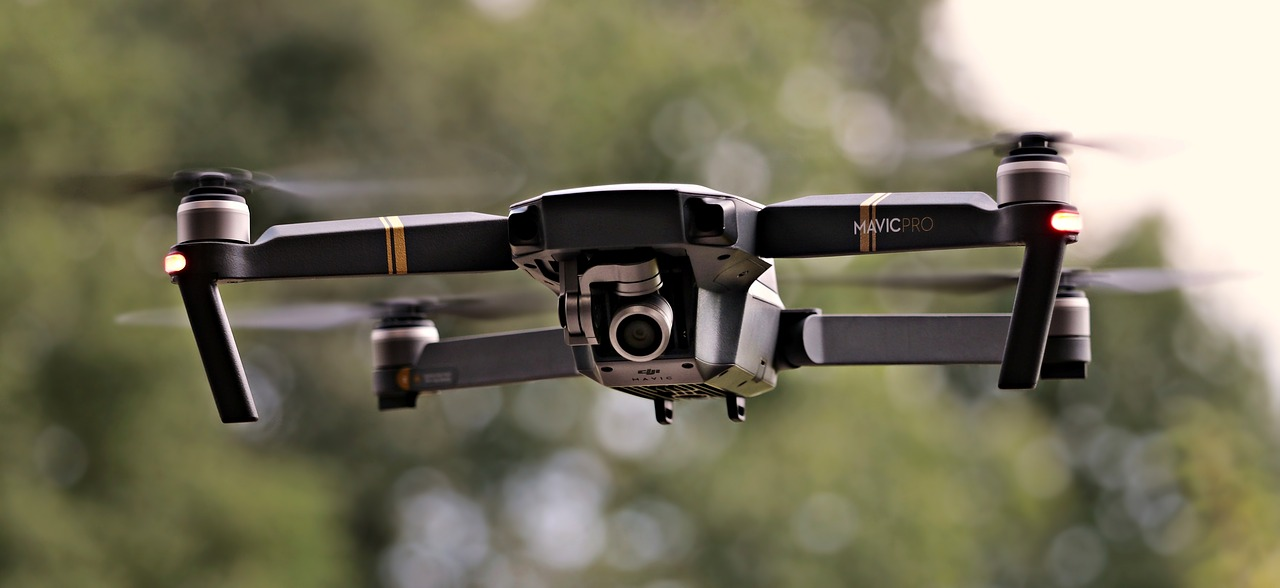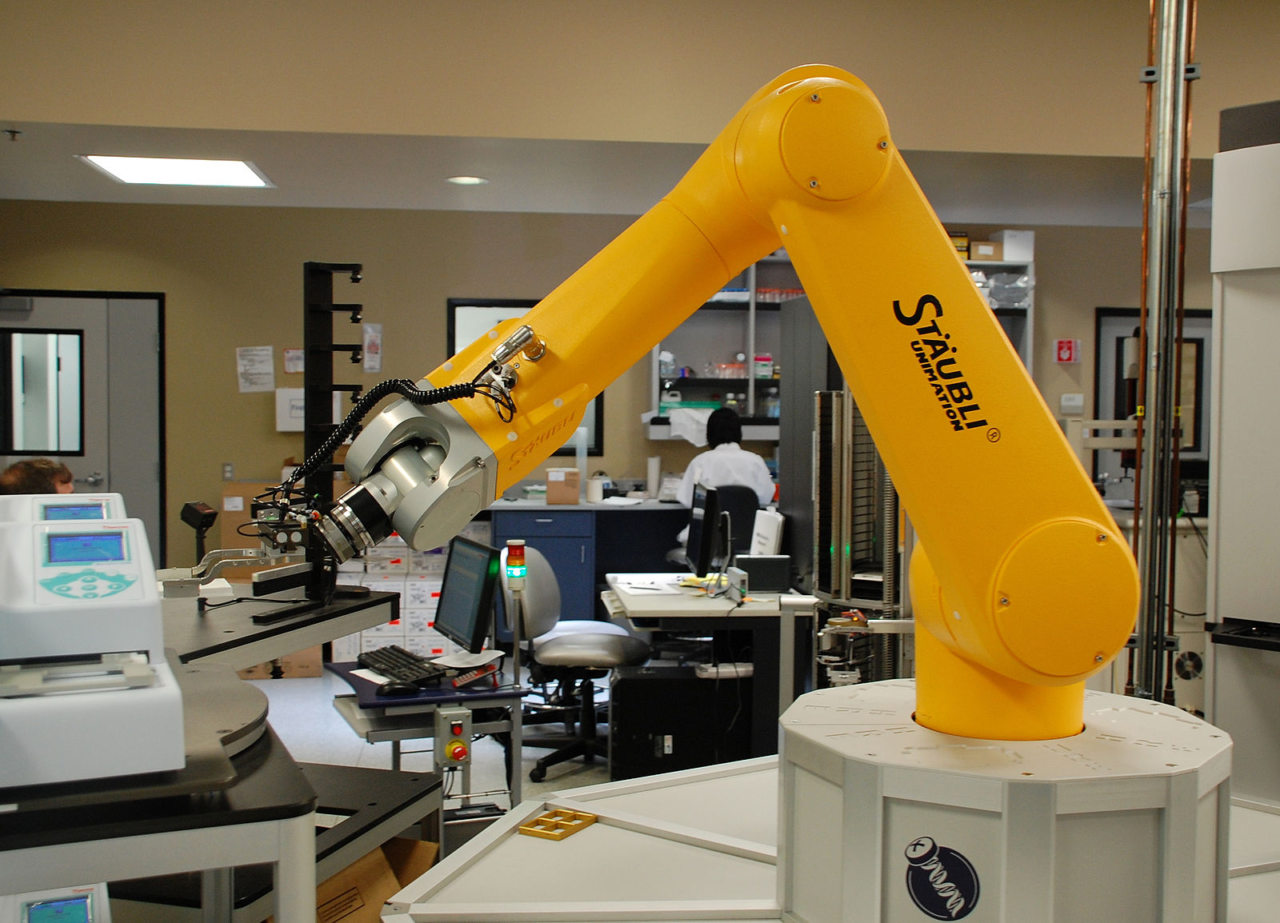Robotics in architecture and construction is transforming the way architects approach their designs. This technology isn’t just a flash in the pan—it will soon become a fundamental part of the architectural process. Just as the invention of ultra-strong Portland cement and innovative Building Information Modeling (BIM) software dramatically improved the way we design and construct buildings, robotics will have an equally integral role in our industry. Architects who embrace this intriguing and dynamic technology now will be better equipped to design the most efficient buildings of the future.
Why Use Robotics in Architecture and Construction?
Robotics are already being used in virtually every step of the building design process, from initial site analysis to construction. This is what makes this technology so useful for architects: robotic systems are flexible and can be created to solve a wide range of architectural problems.
That’s because the term “robotics” is incredibly broad. It refers to any machine or technology system that performs a set of tasks that would normally be done manually by humans. When most people think of robotics, they usually picture walking and talking humanoids made out of metal. In reality, these robots often look like any other construction tools. They come in a wide range of shapes and sizes based on the role they’re meant to fill on-site.
Why should architects use robotics in architecture and construction? There are a few advantages that robots have over human workers.
- Robots can often perform the same tasks much faster and can even work 24/7 on projects without getting fatigued.
- The technology is less prone to error; the products robots build are more consistent in shape, construction, and overall quality.
- Robots can perform dangerous construction tasks (like demolition or complex crane work), which lessens the risk of injury to human workers.
- The operation is leaner overall as project managers and architects can hire fewer people to design and build structures.
When architects embrace this technology, they can create buildings at a lower cost and in record time.
 The Role of Robotics in Architecture and Construction
The Role of Robotics in Architecture and Construction
Robotics in architecture and construction is an emerging technology, but it isn’t exactly uncharted territory. Architects are already using robotics in architecture and construction to perform tasks like:
- Producing accurate 3D models: Robots build small-scale models of buildings with great precision, particularly through the use of 3D printing. Moreover, architects can actually test different types of materials in these models to determine which materials will be strongest or most flexible in areas that need added strength or flexibility.
- Creating construction parts: Robotic manufacturing tools mill both large and small custom building pieces with great accuracy and detail. Some robotics manufacturers are also incorporating multiple tools into a single robot so that the entire process can be done in one place and in less time.
- Assembling pieces on-site: Long robotic arms replace cranes on some construction sites. Robotics experts are also beginning to use drones and robotic helicopters to put small bricks and other pieces into place that would normally require the use of a hydraulic lift or elaborate scaffolding.
- Accounting for material expansion or mathematical errors during construction: Porous materials sometimes expand when they get wet. Architects either have to account for this expansion mathematically when they order the materials or use expansion joints during construction. If the parts don’t fit together, it could delay the project by months while architects wait for new pieces to be manufactured. On-site robots respond in real-time to construction errors by either changing the dimensions of the existing piece or manufacturing a brand new piece within hours or sometimes minutes.
- Helping buildings meet sustainability goals: Architects can embed robots directly into the building itself that monitor temperature, lighting levels, air quality, motion, and more. These small robots, called edge monkeys, are installed in the building’s facade and programmed to adjust thermostats, windows, blinds, lights, and doors to save energy.
Robotics is constantly evolving. While this technology has many interesting uses now, it will only become more efficient and convenient in the coming decades. Innovative robotics breakthroughs will shape the architectural industry of the future.
 What is the Future of Robotics in Architecture and Construction?
What is the Future of Robotics in Architecture and Construction?
Architects are beginning to explore how this technology can be used for more than just basic modeling, construction, assembly, on-site troubleshooting, and energy efficiency. In the future, robotics will likely play an even greater role in the architectural process than it does today.
Robotics in architecture and construction may eventually be used to:
- Create “living” buildings: Researchers at the MIT Media Lab are working on developing biopolymers (natural materials like cellulose) that respond to the surrounding environment just like a living organism would. The material is connected to a machine learning network and programmed to change under certain conditions, such as bright daylight, high or low temperatures, or rainy weather.
- Building in uninhabitable environments: Climate change could alter the environment to such a great extent that habitable land becomes much more scarce. When ice caps melt, waters will rise, forcing coastal inhabitants to move inland; deserts will also expand as temperatures rise. Architects can use robotics to build habitable structures in areas that would normally be unsuitable for human life, such as oceans or deserts. Robots will build all of the structures that humans need to survive in these environments long before the first occupants arrive. This saves precious resources because architects won’t have to find ways to support remote teams of workers in harsh climates.
- Come up with novel designs: Machine learning is still very limited when it comes to creativity and spontaneous design inspiration. However, breakthroughs in technology could make robots of the future more genuinely creative. These robots could come up with fascinating solutions to complex problems that architects had never considered before.
We’re still in the early stages of robotics in architecture and construction, so these innovations may not be available to architects until the technology has been refined and thoroughly tested. Still, it’s important to consider this future technology now so that architects can stay on the cutting edge of what’s currently possible.
 Envisioning a World Where Robots and Architects Collaborate
Envisioning a World Where Robots and Architects Collaborate
The use of robotics in architecture and construction was once the stuff of science fiction. Now, it’s not only possible, but it’s already being used on sites to create modern and elegant buildings. In this case, it’s not a question of if robotics will play a role in the architecture of the future—it’s a question of how much oversight robotics will have over the design and construction process.
Ultimately, human architects are still indispensable in the design process. The biggest limitation of robotics in architecture and construction is that it lacks a human touch, primarily when it comes to creativity. Architects have a rich understanding of architectural history and are able to use the breadth of their experiences to come up with new ideas.
The robotics industry is more limited in scope and machine learning algorithms have not yet mastered the art of creativity or design inspiration. These algorithms are limited by the information they are exposed to and taught, which is often incomplete. A diverse staff of architects is better equipped to invent new designs and select themes or artwork that make a space feel warmer and more welcoming for all communities.
In the future, robots will likely provide the fine motor skills and mathematical calculations needed to make designs a reality. However, architects will continue to be the brains behind the operation—the creative powerhouses that drive the industry forward. With the help of robotics in architecture and construction, architects can design elaborate structures knowing that all of the details will be handled by the technology. It allows architects to dream big and hone their creativity.




